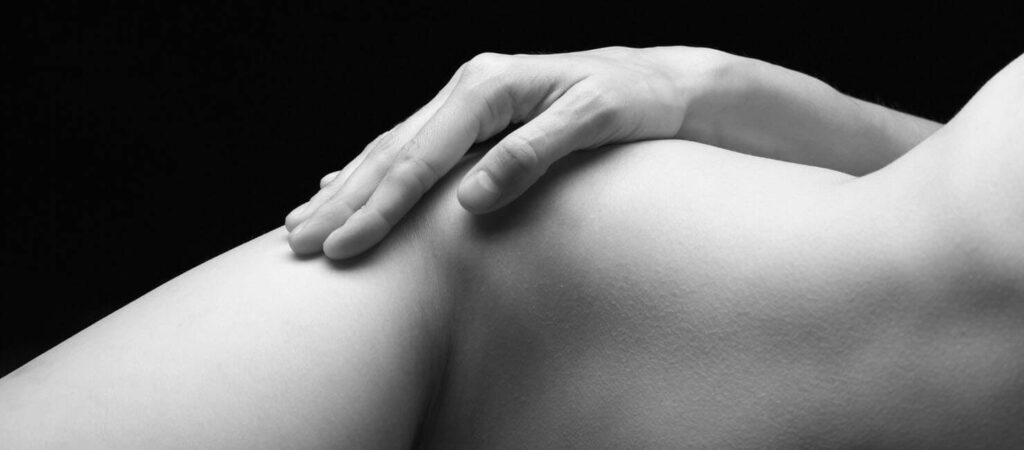A Guide to the Female Reproductive System
Did you know that your clitoris has more than 8,000 sensory nerve endings? That’s more than the penis! The female reproductive system is immensely complex and ever so interesting. Here is a guide to lay out the major parts of your reproductive system.
To break it down, the reproductive system consists of both outer parts, and inner parts.
The outer parts:
Vulva: The collective name for all your sexual organs outside your body. It is actually more correct to use this term than the more popular name vagina.
Mons: Finally, the fatty tissue below your bellybutton actually has a purpose and a name! The purpose is to protect the pelvic bone.
Labia Majora: The large flap of skin that protects your vagina from unwanted objects.
Labia Minora: Located inside the labia majora, surrounds the vagina and has the same purpose as the labia majora.
Clitoris: Aka the pleasure center. The only female body part that is exclusively designed to transmit sexual pleasure. The head is located outside the body, but the rest extends internally through the genitals. Did you know that it is actually quite similar to the penis? They both have a foreskin (the clitoral hood), a shaft and a glans. Also, they both swell when arounsed!
Urethra: Tiny slit below the clitoris where the bladder releases urine through the urethra.
The inner parts:
Vagina: Its sole purpose is to connect the uterus to the outside of the body. Thus, where the penis enters and deposits its semen. Also where cervix mucus and menstrual blood (and potentially a baby) exits the body.
Cervix: The gateway between the vagina and uterus. Only very small particles, such as semen, blood and mucus enters/exits. Unless there is a baby coming through, the gateway is closed to solid objects. Which is why you cannot lose a tampon or a NuvaRing in your body.
Uterus: Your baby box! It is both connected to the cervix and the fallopian tubes. Eggs come from the ovaries through the tubes and into the uterus. Fertilized eggs bind to the wall of the uterus and babies develop in there until birth.
Ovaries: This is where your eggs are kept. Every woman is born with one to two million eggs (!). During ovulation, the ovaries release an egg into the fallopian tubes. When fertilization does not occur, the eggs leave the body in the form of a menstrual periods.
Let us know if you have any questions or comments on the topic!
This blog provides information about telemedicine, health and related subjects. The blog content and any linked materials herein are not intended to be, and should not be construed as a substitute for, medical or healthcare advice, diagnosis or treatment. Any reader or person with a medical concern should consult with an appropriately-licensed physician or other healthcare provider. This blog is provided purely for informational purposes. The views expressed herein are not sponsored by and do not represent the opinions of Nurx™.







